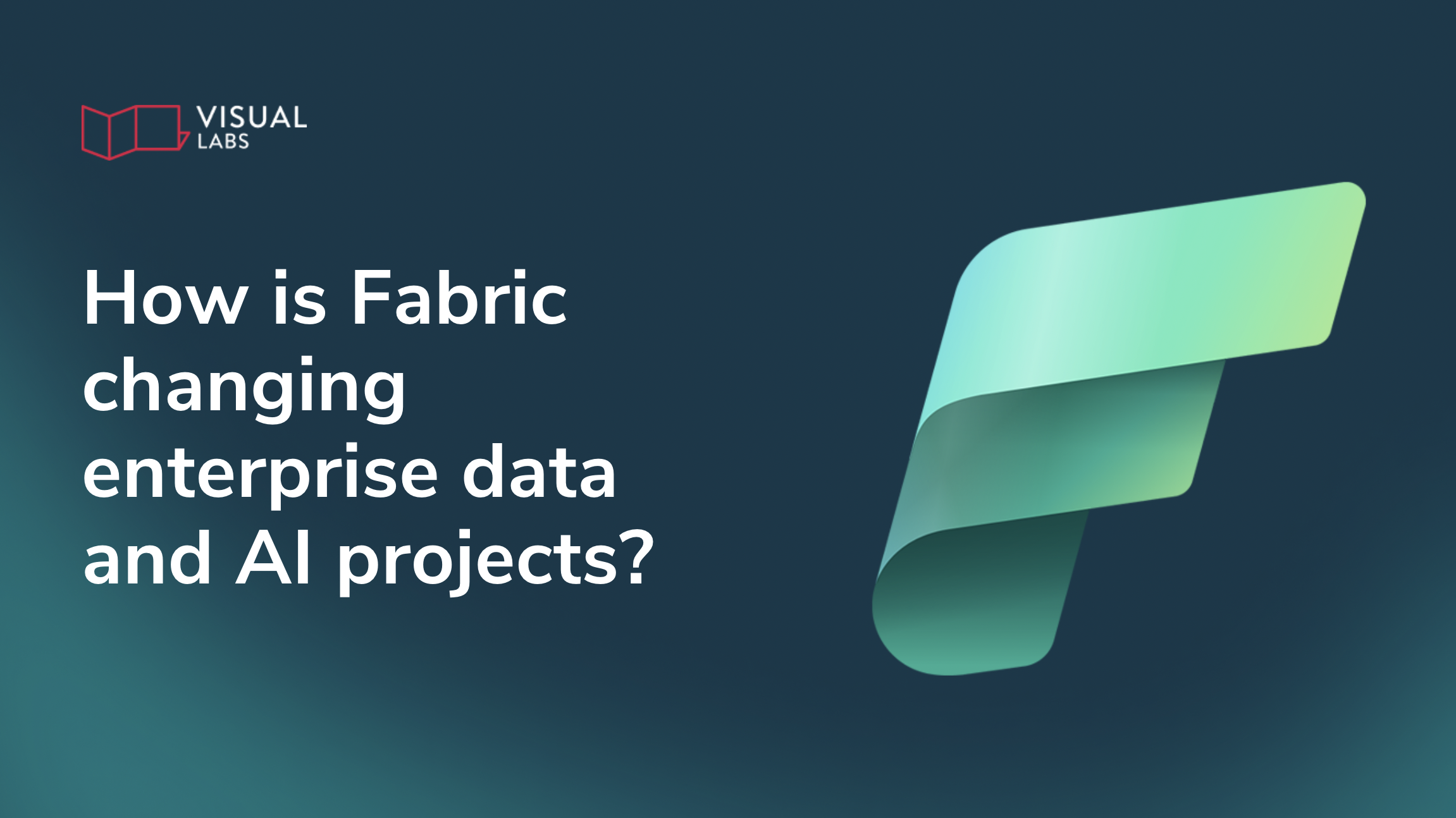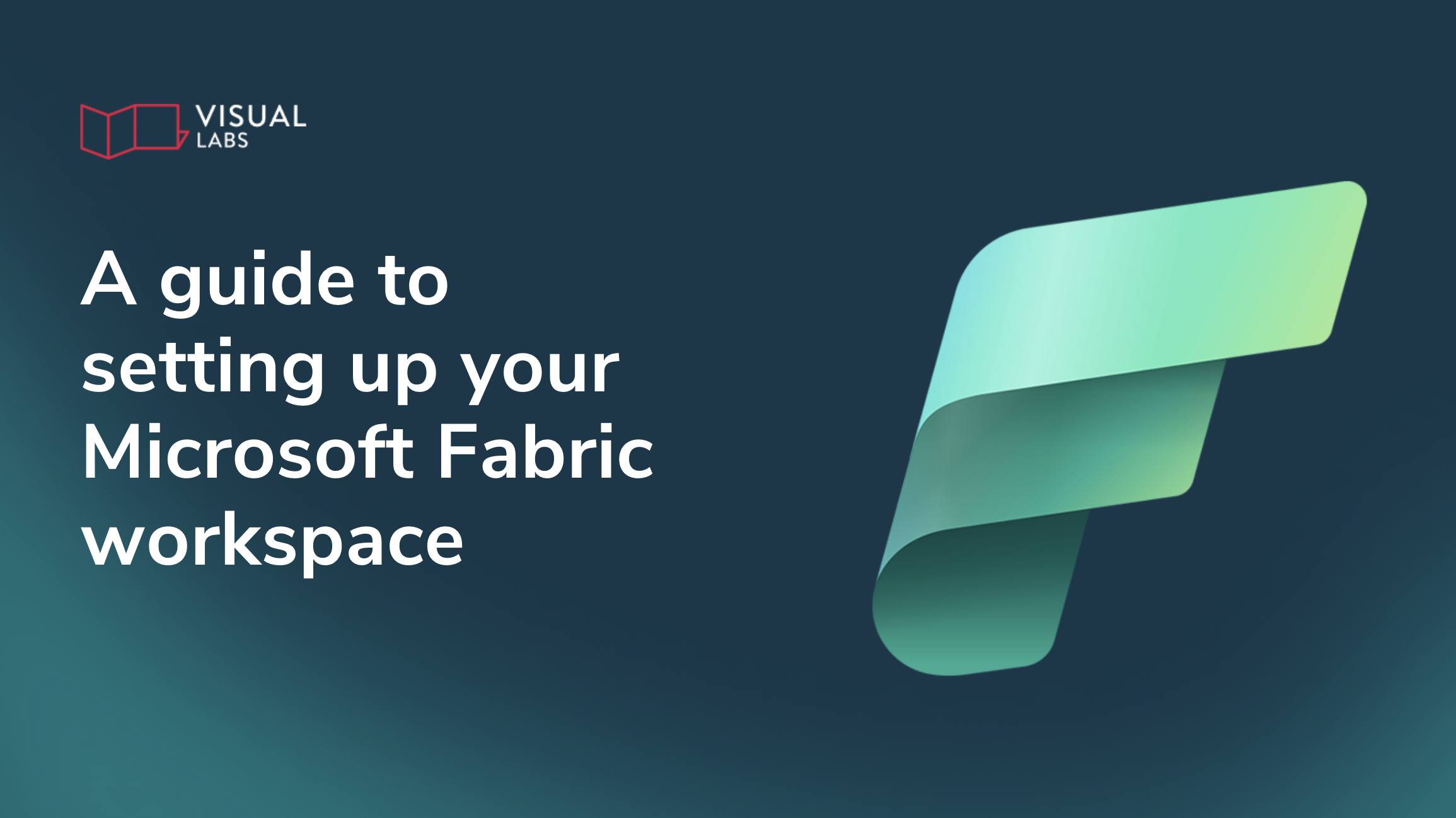How is Fabric changing enterprise data and AI projects?

TL;DR
Microsoft Fabric has become the fastest-growing product in Microsoft’s history in just 21 months. Its unification of previously fragmented tools, built-in real-time intelligence, AI-driven data agents, and full CI/CD support make it a turning point for users. Going forward, Fabric won’t be just another platform to support — it will be the foundation of enterprise data and AI. For IT Ops, that means shifting from fragmented support to proactive enablement, governance, and automation.
What problem is Fabric solving?
Historically, Microsoft’s data stack was a patchwork: Synapse for warehousing, Data Factory for pipelines, Stream Analytics for real-time, Power BI for reporting. Each had its own UI, governance quirks, and operational playbook.
Fabric consolidates that fragmentation into a single SaaS platform. Every workload — engineering, science, real-time, BI — runs on OneLake as its common storage layer. One data copy, one security model, one operational pillar. That means less time spent reconciling permissions across silos, fewer brittle integrations, and a clearer line of sight on performance.
How does real-time intelligence change the game?
Data platforms used to mean waiting until the next day for updates. Fabric resets these expectations. With Real-Time Intelligence built in, organisations can analyse telemetry, IoT, and application events as they happen — and trigger actions automatically.
For IT Ops, this changes monitoring from reactive to proactive. Anomaly detection and automated alerts are no longer bespoke projects; they’re native capabilities. The platform itself becomes part of the operations toolkit, surfacing issues and even suggesting resolutions before they escalate.
Is Fabric’s AI just Copilot?
So far, much of the AI conversation has centred on Copilot. But Fabric is pushing further, introducing data agents: role-aware, business-user-friendly assistants that can “chat with your data”.
This isn’t to replace analysts — the goal is to reduce bottlenecks. Business teams can query data directly, run sentiment analysis on CRM records, or detect churn patterns without submitting a ticket or waiting for a report build. IT Ops teams, in turn, can focus on platform health, governance, and performance, confident that access and security policies are enforced consistently.
How does Fabric fit into DevOps (DataOps) practices?
Fabric is closing the gap between data and software engineering. Every item, from a pipeline to a Power BI dataset, now supports CI/CD. GitHub integration is tightening, the Fabric CLI has gone open source, and the community is expanding rapidly.
For developers, this means fewer manual deployments, clearer audit trails, and the ability to fold Fabric artefacts into existing DevOps pipelines. Troubleshooting is also improving, with capacity metrics being redesigned for easier debugging and monitoring APIs opening new automation opportunities.
Why does this matter for IT operations going forward?
Fabric’s rapid progression is not just a vendor milestone. It signals a market demand for unified foundations, real-time responsiveness, AI-ready governance, and operational maturity.
As Fabric becomes the default data platform in the Microsoft ecosystem, IT operations will decide whether its promise translates into reliable, compliant, and scalable enterprise systems. From governance models to real-time monitoring to embedding Fabric into CI/CD, IT Ops will be the enabler.
What’s next for IT Ops with Fabric?
Fabric’s trajectory suggests it is on its way to becoming the operational backbone for AI-driven enterprises. For IT Ops leaders, the question is no longer if Fabric will be central, but how quickly they prepare their teams and processes to run it at scale.
Those who act early will position IT operations not as a cost centre, but as a strategic driver of enterprise intelligence.
Ready to explore how Microsoft Fabric can support your AI and data strategy? Contact our team to discuss how we can help you design, govern, and operate Fabric effectively in your organisation.
Blog posts

How to start using Microsoft Fabric for data and analytics?
Heading 1
Heading 2
Heading 3
Heading 4
Heading 5
Heading 6
Lorem ipsum dolor sit amet, consectetur adipiscing elit, sed do eiusmod tempor incididunt ut labore et dolore magna aliqua. Ut enim ad minim veniam, quis nostrud exercitation ullamco laboris nisi ut aliquip ex ea commodo consequat. Duis aute irure dolor in reprehenderit in voluptate velit esse cillum dolore eu fugiat nulla pariatur.
Block quote
Ordered list
- Item 1
- Item 2
- Item 3
Unordered list
- Item A
- Item B
- Item C
Bold text
Emphasis
Superscript
Subscript

How does Microsoft Fabric licensing actually work?
Heading 1
Heading 2
Heading 3
Heading 4
Heading 5
Heading 6
Lorem ipsum dolor sit amet, consectetur adipiscing elit, sed do eiusmod tempor incididunt ut labore et dolore magna aliqua. Ut enim ad minim veniam, quis nostrud exercitation ullamco laboris nisi ut aliquip ex ea commodo consequat. Duis aute irure dolor in reprehenderit in voluptate velit esse cillum dolore eu fugiat nulla pariatur.
Block quote
Ordered list
- Item 1
- Item 2
- Item 3
Unordered list
- Item A
- Item B
- Item C
Bold text
Emphasis
Superscript
Subscript
Ready to talk about your use cases?
Request your free audit by filling out this form. Our team will get back to you to discuss how we can support you.


